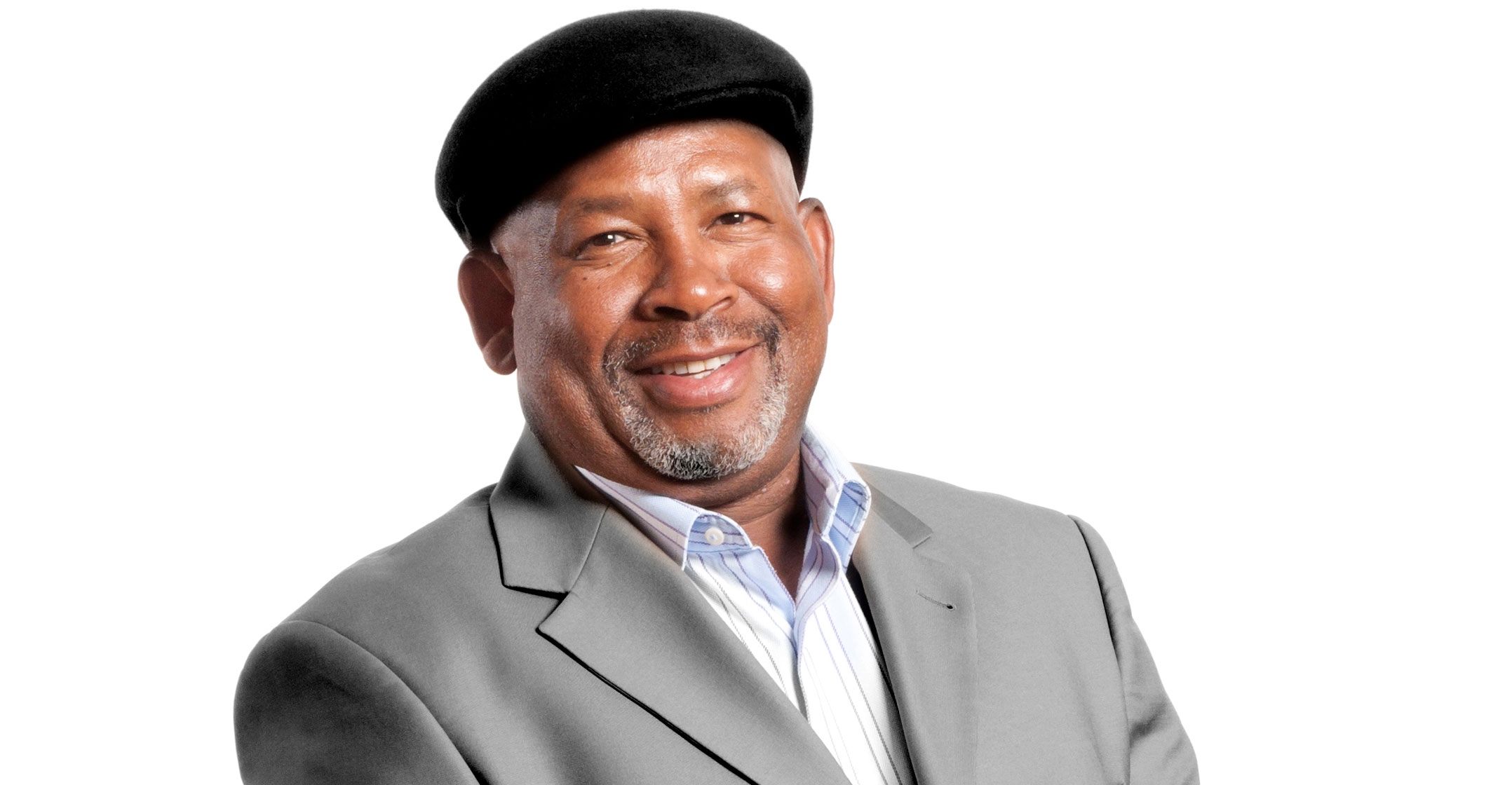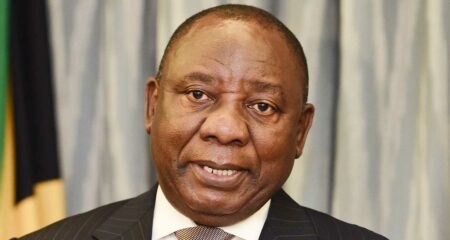 As South Africa enters its third day of blackouts, investors are still awaiting word from President Cyril Ramaphosa’s administration on how it’s going to fix the ailing state power company.
As South Africa enters its third day of blackouts, investors are still awaiting word from President Cyril Ramaphosa’s administration on how it’s going to fix the ailing state power company.
The outages are being imposed by Eskom, the behemoth utility that’s been without a permanent CEO since August and is so cash-strapped it can’t service its debt and properly maintain ageing plants. While the government has said plans to split Eskom into three operating units and reorganise its debt will be announced by the end of October, as will a new CEO, the cabinet didn’t mention the issues in a statement issued on Thursday.
The cabinet is due to meet again on 31 October, two days after finance minister Tito Mboweni is scheduled to release his mid-term budget that should spell out how he’ll fund a three-year, R128-billion bailout for Eskom. Investors are looking for greater urgency to be shown in getting the company back on track.
“The main concern of all foreign investors is to fix Eskom,” said Colin Coleman, CEO of sub-Saharan Africa at Goldman Sachs Group. “We expect a phase of stabilisation of Eskom in terms of governance, operations and finances to come in by the end of the year, following which a corporate restructure will start.”
Eskom has shed 2GW of power from the grid since Wednesday. No more power cuts are expected after Friday, chairman Jabu Mabuza told reporters late Thursday in Johannesburg.
Power shortages in the first quarter contributed to South Africa’s biggest economic contraction in a decade and the central bank expects the growth rate to reach just 0.6% this year — a forecast that may prove optimistic given the resumption of outages. The cuts could cost South Africa its last investment-grade credit rating from Moody’s Investors Service, which is due to deliver its next assessment on 1 November.
Debt
Eskom has amassed R450-billion of debt, and the government needs to work out a mechanism to take as much as R250-billion of that off the utility’s balance sheet, according to Coleman. Eskom’s management said in a presentation in August that one option was to move most of the debt onto the government’s balance sheet.
The bailouts allocated to Eskom will be sufficient to keep it afloat until the end of next year as work continues on its restructuring, deputy President David Mabuza told lawmakers in Cape Town on Thursday. Measures to fund the aid include reprioritising and curbing expenditure, including reducing the state wage bill, he said.
Mineral resources & energy minister Gwede Mantashe will on Friday unveil the Integrated Resource Plan, a blueprint that will set out the country’s planned energy mix for the next decade, but won’t address Eskom’s current woes.

“The power sector is very big, very complex, and the technology is changing quickly,” said Andrew Canter, chief investment officer at Cape Town-based Futuregrowth Asset Management, South Africa’s biggest specialist fixed-income money managers. “The fact that choices affect jobs and some industries, and that we start with a R450-billion debt hole at Eskom, makes restructuring a challenge. I’d rather the government takes their time to gather research, get a vision and make an executable plan, rather than rush to half-answers.”
Even if agreement can be reached on how to stabilise Eskom’s finances and overhaul its organisational structure, a quick fix to the nation’s immediate electricity crisis, which has brought businesses to a standstill and caused traffic snarl-ups, may remain elusive.
The company lost more than a quarter of its 47GW generating capacity last weekend due to unplanned breakages, including boiler leaks and mechanical problems with a conveyor belt at its new Medupi coal-fired plant. Some of the leaks have already been fixed, while the conveyor belt should be repaired by the end of the month, according to Jan Oberholzer, Eskom’s chief operating officer.
“We have a maintenance plan that we are following, and we are actually ahead in terms of our planned maintenance targets,” he said by phone. “It will take 18 to 24 months to fix the system entirely.”
Mabuza, the Eskom chairman, said the utility had begun rebuilding emergency diesel and water supplies, which should ease constraints, but not resolve them.
The power cuts were needed “to balance supply and demand and protect the system from total collapse”, he said. “The system remains constrained and vulnerable.” — Reported by Loni Prinsloo and Mike Cohen, with assistance from Paul Vecchiatto and Amogelang Mbatha, (c) 2019 Bloomberg LP




